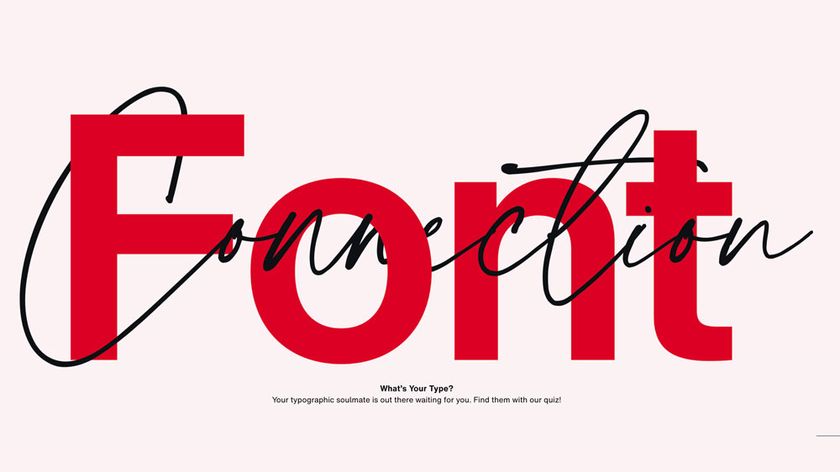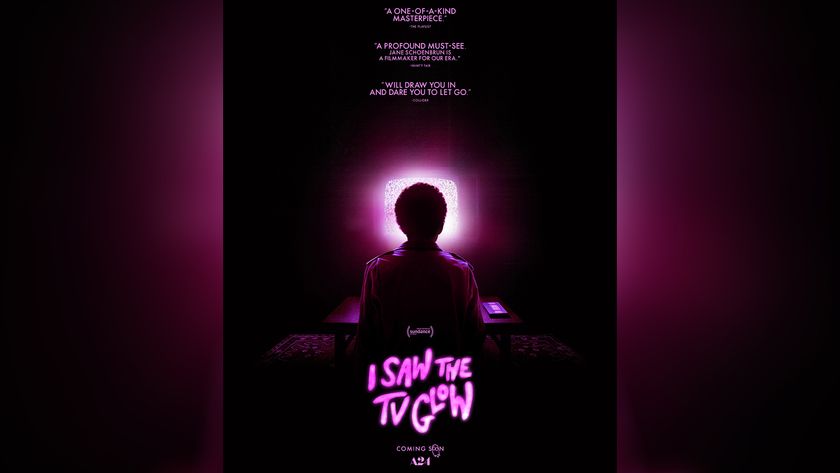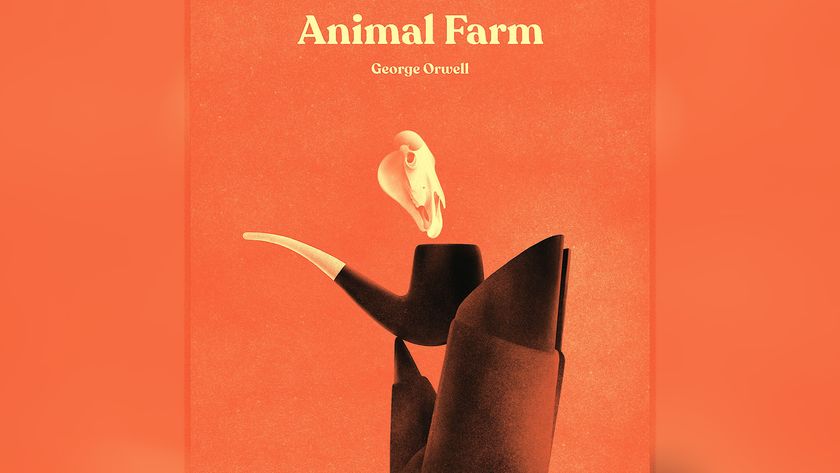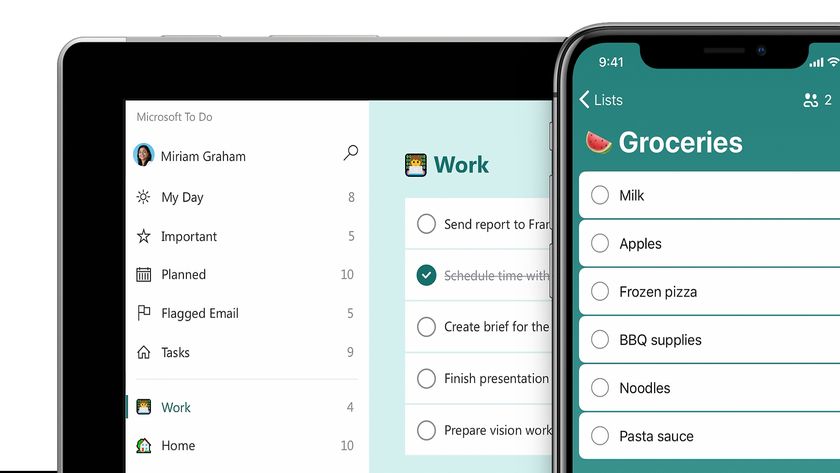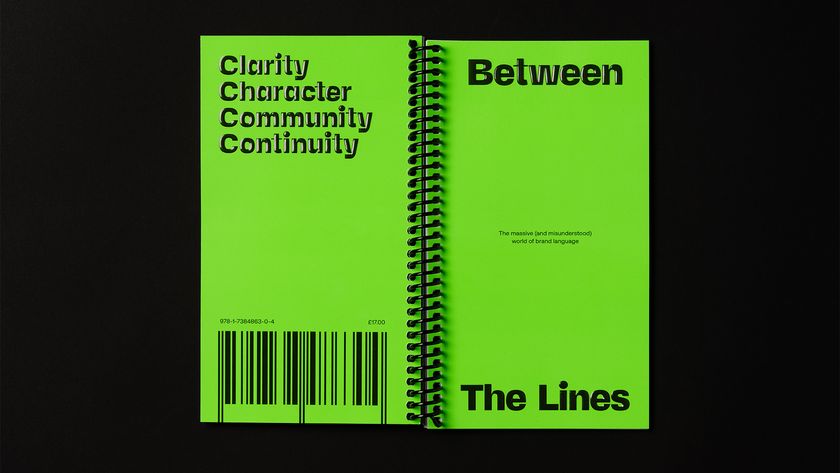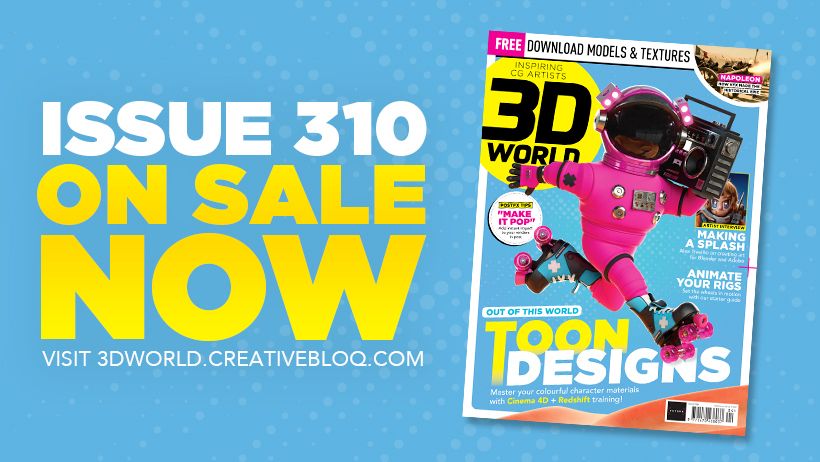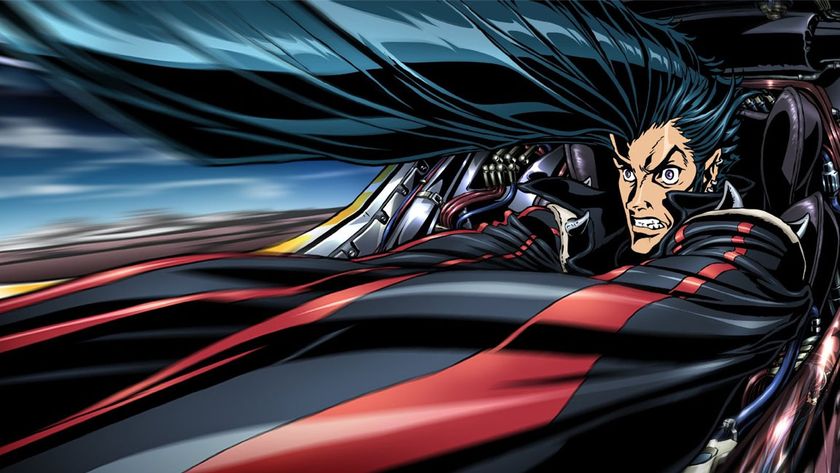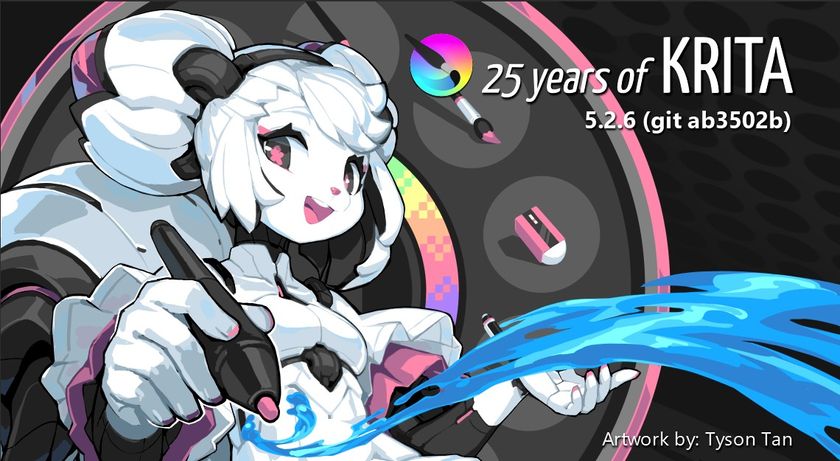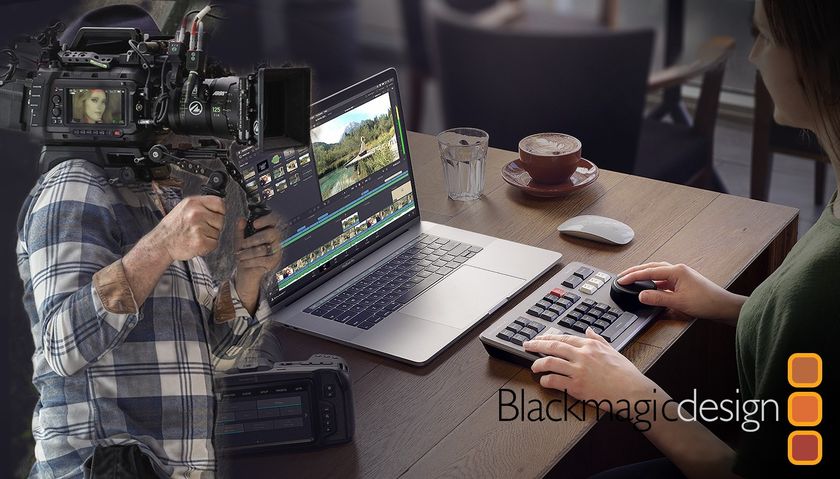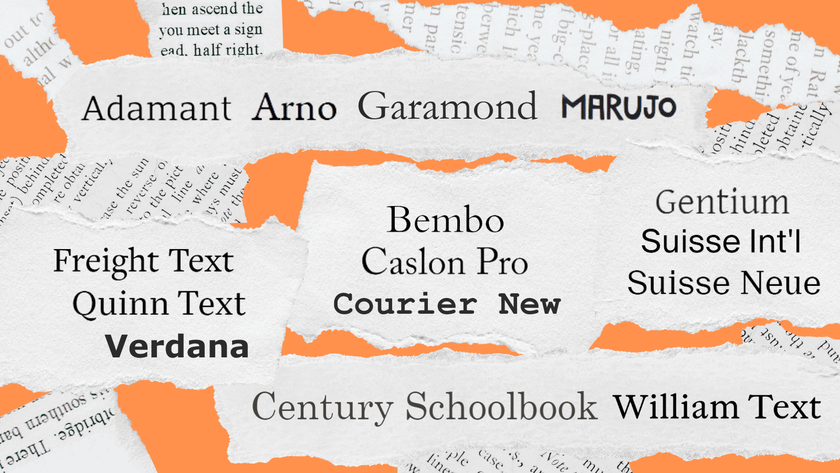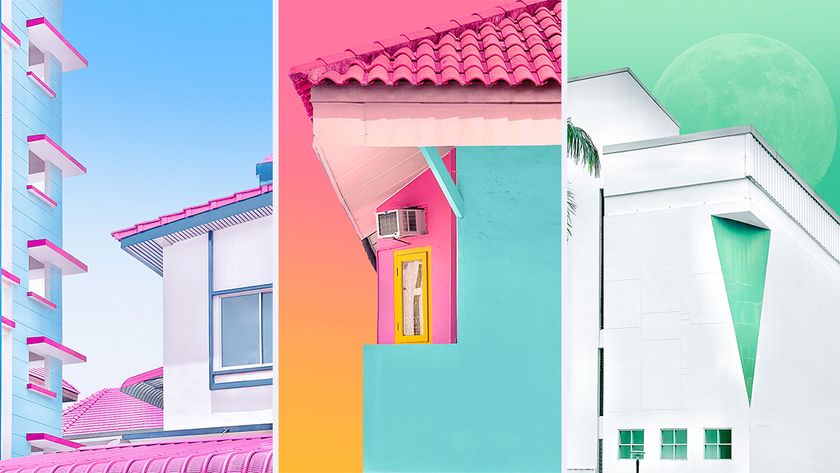8 inspiring graphic design game-changers
These are the individuals shaping the design world of the future.
Kristel Brinshot
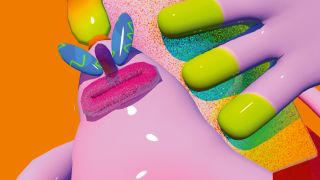
We can’t get enough of the weird, wacky and glitchy worlds of Kristel Brinshot, also known online as Kriz Tonian – an elementary school nickname that stuck. Based in Los Angeles, her work is a crazy futuristic yet retro-leaning mix of acid brights, textures, nods to net art, digital and analogue image disintegration, alongside weird but cute character design. Straddling the worlds of fine art, design and animation, Brinshot is entirely self-taught in animation and moving image, and started out making small-budget music videos for friends and friends of friends before landing commissions for MTV and Adult Swim.
She works largely across moving image, and that side of her practice is again a process of making a narrative environment look “very clean and perfect” before “tearing things apart and purposefully using programs in ways I shouldn’t be”.
She often uses analogue equipment like VHS cameras and distorts the footage physically, as well as through Photoshop and Illustrator to create her unusual textures. Basically, “a lot of breaking stuff,” she says, “a lot of happy accidents, and just accepting whatever happens – a tape might get jammed, and that can create a certain effect, or you’re working on a certain program and it fails. Sometimes that can be a good thing.” Such glitches and mishaps have a “humanising” effect, she says.
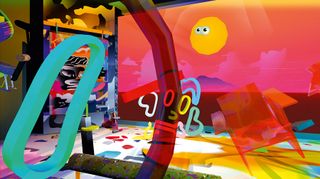
Alongside her own work, Brinshot has partnered with Ricky Jonsson Jr to form The Great Nordic Swordfight, an agency working on consultation and direction across AR, VR, animation, installation, games and other emerging technologies. The pair also founded Ghosting TV in 2013, a “hangout for experimental animators, video artists, and everyone else looking to interact with art and tech in unconventional ways” that started as a meetup in Brinshot’s garden and is now an online (and occasionally real-life) platform that acts as an agency and incubator for artists.
“One of the most inspirational times of my career is being able to connect artists to each other in a very unique and personal and genuine way, and watching their careers blossom,” says Brinshot. “If you don’t help out your community, you’re not helping yourself.”
Laura Coombs
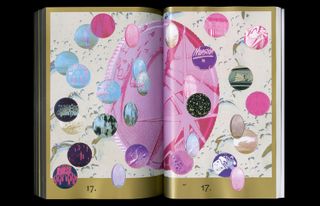
Based in New York, Laura Coombs is a graphic designer and art director currently working as senior graphic designer at the New Museum of Contemporary Art and a visiting professor at Pratt Institute. “Her work is identifiable for its impeccable visual structure – her complex grids and effortless typographic nuance,” says Forest Young, fellow game changer. “The undercurrent of her visual expression is one of conceptual concision and unexpected formal play.”
Coombs, who graduated from her MFA in 2017, didn’t take a straightforward path to the world of graphic design. “I can see now I was always interested in design – I edited and designed a newspaper as a kid, endearingly called the Laura Report,” she says. However, before studying graphic design at Yale, she first took a five-year undergraduate degree in architecture, and spent three years working in a fabrication shop in Brooklyn. This means – as is clear in her work – she considers the physicality of her grids, colours and typefaces, as well as their 2D applications.
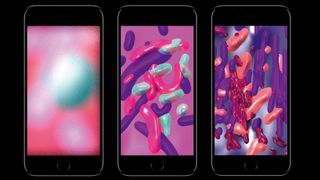
Alongside her role at the New Museum of Contemporary Art and her teaching, Coombs freelances for a number of publications and cultural clients – her work united by a conceptual underpinning and strong engagement with the possibilities of type. She uses only the typefaces she’s drawn herself or modified, or those created by friends; often using several versions of Times, Arial or other system fonts that she’s added glyphs to.
“Type is about voice,” says Coombs. “My voice is fairly mysterious and subtle, but by drawing the typefaces I use, or parts of typefaces I use, I am using my voice in my work holistically. I create conceptual typographic systems that emanate from an idea, not just an aesthetic.”
She sees “creating structures and systems that play themselves out over time” as the heart of editorial design. “Publications are worlds unto themselves, with their own reality and logic,” she says. “I love that a publication is also an object with its own material potential and reality; there’s so much beauty possible. A publication is crafting language into form – an intellectual idea becomes tangible.”
Next page: Forest Young and Zach Lieberman

Thank you for reading 5 articles this month* Join now for unlimited access
Enjoy your first month for just £1 / $1 / €1
*Read 5 free articles per month without a subscription

Join now for unlimited access
Try first month for just £1 / $1 / €1
Current page: Kristel Brinshot and Laura Coombs
Prev Page Wang & Söderström and Pontus Törnqvist Next Page Forest Young and Zach LiebermanGet the Creative Bloq Newsletter
Daily design news, reviews, how-tos and more, as picked by the editors.
Emily Gosling is a freelance art and design journalist currently writing for titles including Creative Review, Eye on Design, Creative Boom and People of Print. She’s previously worked at Elephant magazine, It’s Nice That and Design Week, and was editor of Type Notes magazine. Her book Creative Minds Don’t Think Alike was published by Ilex Press in 2018, and she also plays bass as one-quarter of the eight-titted beast, Superstation Twatville.
